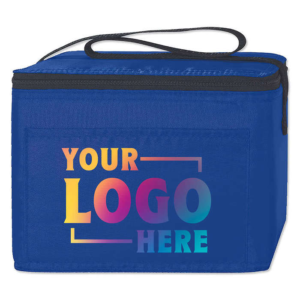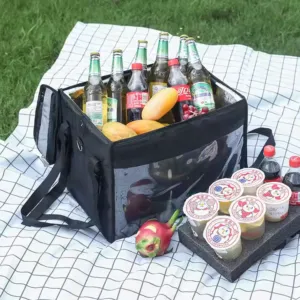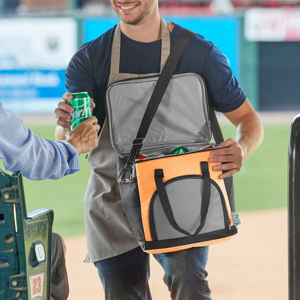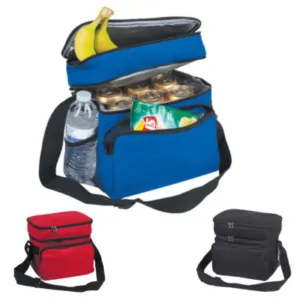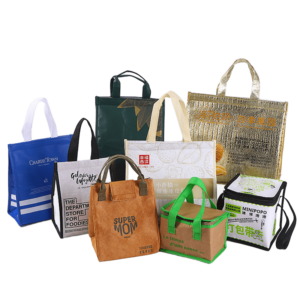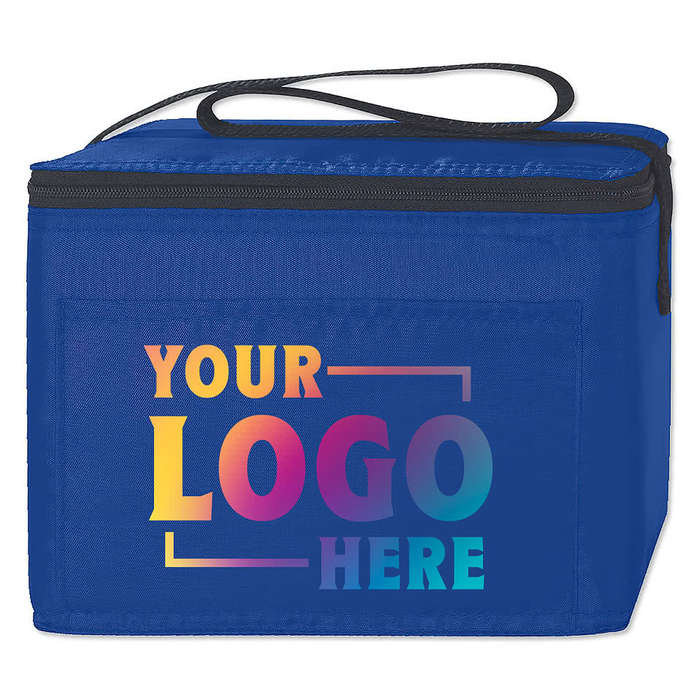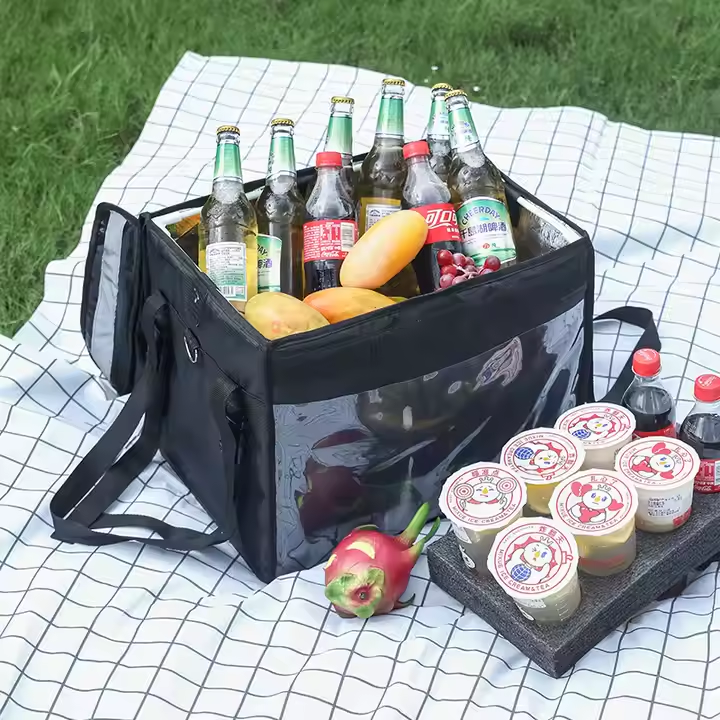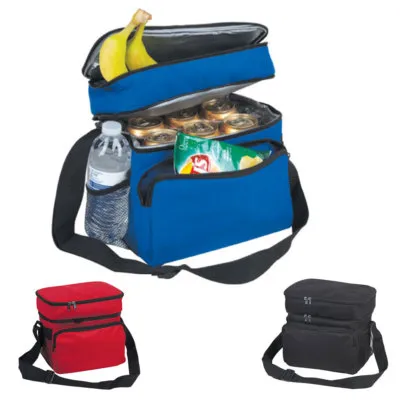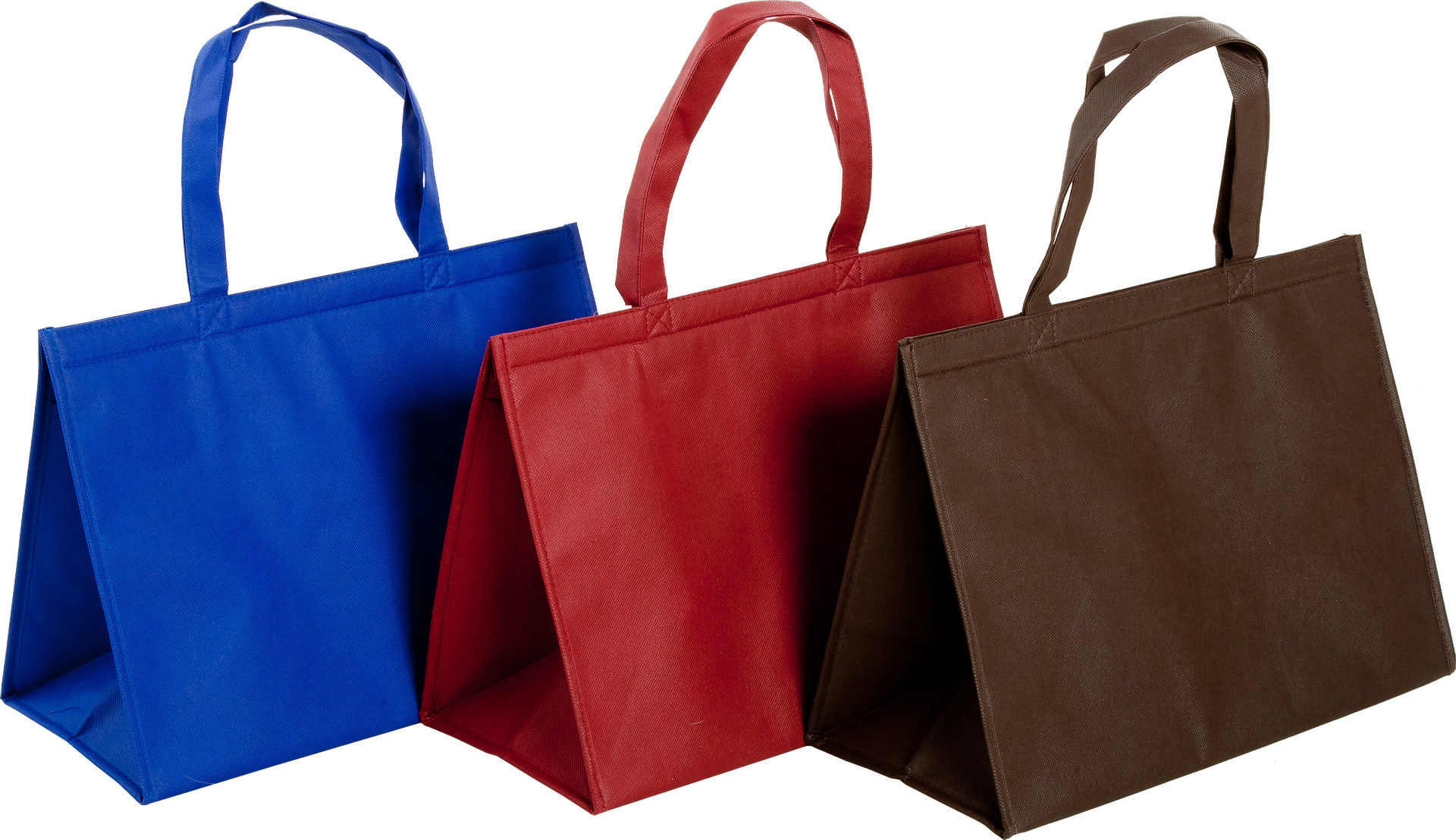
Creating a new non-woven bag design takes time. From sketch to shipment, each step matters.
Developing a new non-woven bag style typically takes 7 to 30 days, depending on design complexity, materials, and production capacity.
Let’s break down what goes into that timeline.
How long does it take to make a bag?
Making a bag seems simple, but involves design, sampling, and production.
It takes about 1 to 5 minutes to manufacture one non-woven bag, but creating a new style can take weeks.
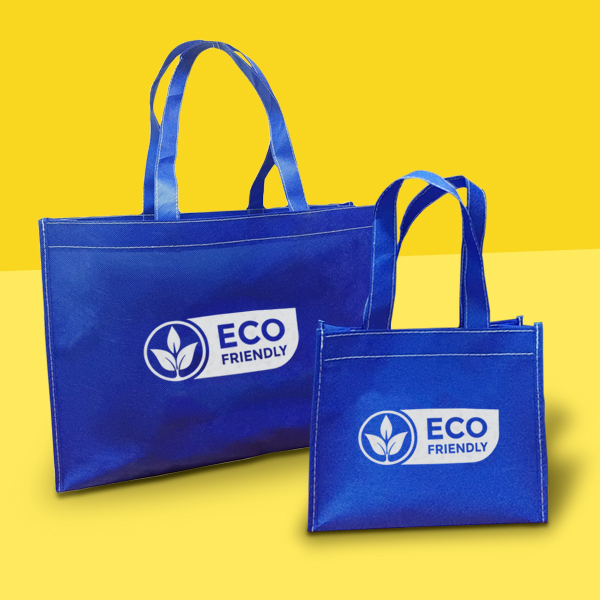
Making one bag is fast. Launching a new one takes planning.
Time Breakdown for New Bag Development
| Stage | Time Required | Notes |
|---|---|---|
| Design & Sampling | 3–7 days | Depends on feedback rounds |
| Material Sourcing | 2–5 days | Special fabrics take longer |
| Mold/Plate Setup | 2–3 days | Needed for custom sizes |
| Printing & Trial Run | 2–4 days | Includes drying time |
| Mass Production | 3–10 days | Based on order quantity |
Small adjustments need less time. New shapes, prints, or handles take longer.
How are non-woven bags1 made?
These bags are made using bonded fibers, not traditional weaving. It’s efficient and scalable.
Non-woven bags are made by bonding polypropylene fibers with heat, then cutting, printing, and stitching or ultrasonic welding them into shape.
The process is modern and flexible, ideal for bulk production.
Production Process
- Raw Material Prep: Polypropylene granules melted into fibers.
- Fabric Creation: Spunbond technology forms rolls of fabric.
- Cutting: Sheets cut to design shape.
- Printing: Logo and graphics added using screen or flexo printing.
- Assembly: Stitching or ultrasonic welding attaches handles and sides.
- Quality Check: Each batch inspected for defects.
| Stage | Method |
|---|---|
| Fabric bonding | Heat and pressure |
| Printing | Screen, gravure, flexo |
| Sealing | Stitch or ultrasonic |
Is a non-woven bag eco-friendly2?
Eco-friendly means reusable, recyclable, and low impact. Non-woven bags score well here.
Yes, non-woven bags are considered eco-friendly because they are reusable, recyclable, and reduce single-use plastic waste.
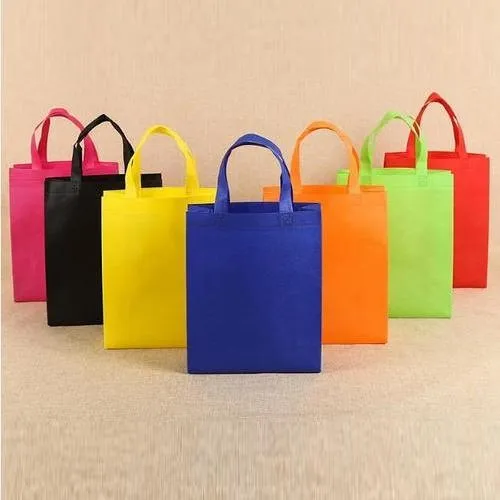
They’re not biodegradable, but they reduce plastic pollution when reused often.
Environmental Benefits
| Feature | Benefit |
|---|---|
| Reusability | Can be used over 100 times |
| Lightweight | Uses less raw material |
| Energy-efficient | Less energy than plastic or paper |
| Recyclable | Can be reprocessed into new bags |
Proper use and disposal are key. Customers must reuse them often to see the green benefit.
How many types of non-woven bags3 are there?
There’s more variety than most people expect. Each type fits a purpose.
There are at least six main types of non-woven bags, based on shape, closure, and use.
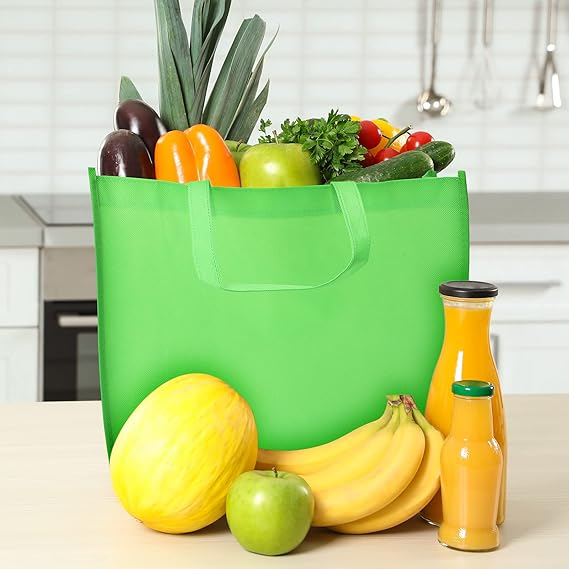
Different styles support groceries, events, giveaways, and fashion.
Common Types of Non-Woven Bags
| Type | Features | Use Case |
|---|---|---|
| D-Cut | Basic, lightweight | Events, giveaways |
| W-Cut | Wider opening | General shopping |
| Box Type | Flat bottom, strong | Groceries, supermarkets |
| Drawstring | Pull-top closure | Gifts, storage |
| Handle Loop | Reinforced handles | Retail stores, promotions |
| Laminated Non-Woven | Water-resistant finish | Premium promotions |
Custom styles may blend features, adding time to the design process.
Conclusion
Developing a new non-woven bag style usually takes 7–30 days, depending on complexity. The more custom features, the longer it takes.
-
Explore the benefits of non-woven bags to understand their eco-friendliness and versatility in various applications. ↩
-
Learn more about the eco-friendly aspects of non-woven bags and how they contribute to reducing plastic waste. ↩
-
Discover the various types of non-woven bags and their specific uses to choose the right one for your needs. ↩


